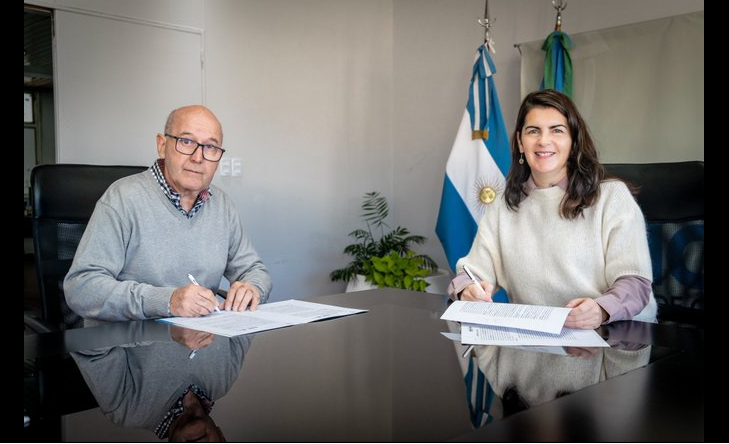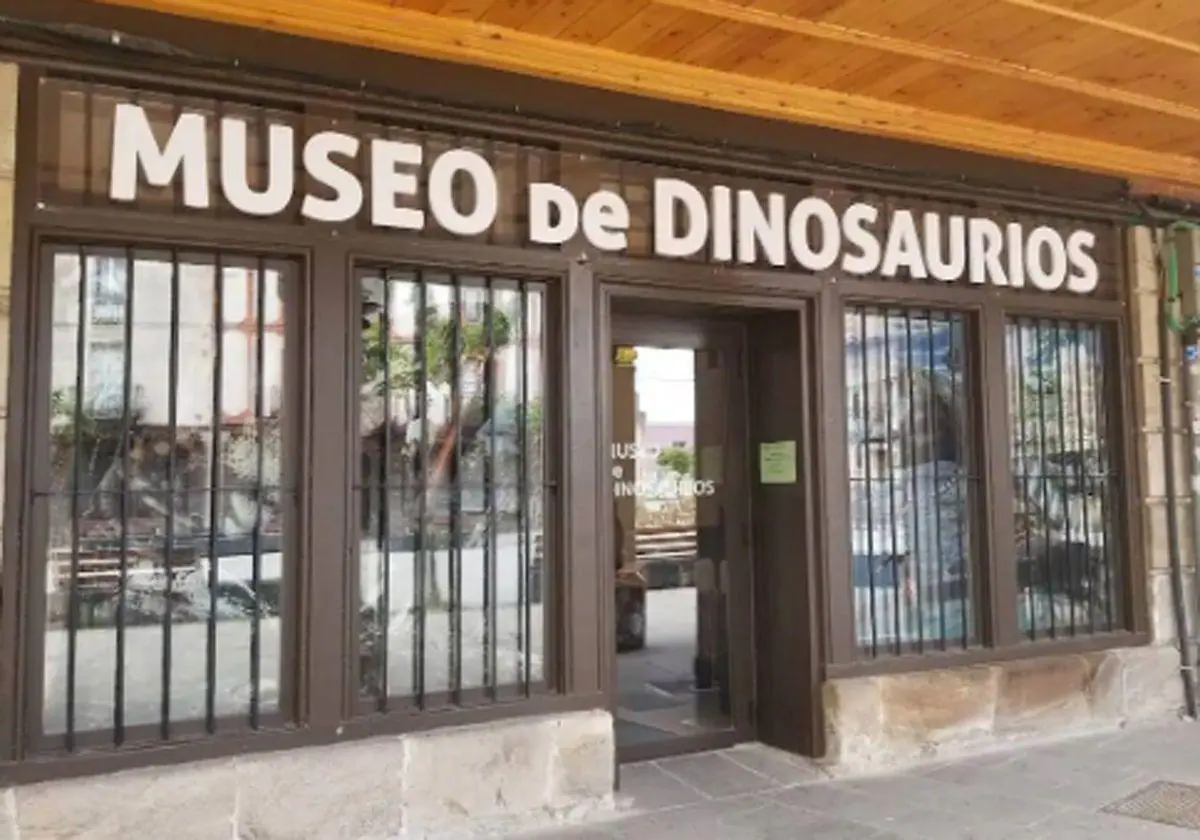A group of scientists carried out, at the end of last March, the first trip to the third deepest ocean trench on Earth, more than 10,000 meters below the surface, and was surprised to find there plastic and trash.
The Emden deep, part of Philippine Trench, is one of the last frontiers of the Earth and is a section unexplored. The first humans to descend there were the Philippine microbial oceanologist Part of Florence Onda, of the Institute of Marine Sciences of the University of the Philippines, and the American explorer Victor Bishop. As reported by the portal Asia News Channel, both are part of Caladan Oceanic, a private organization dedicated to the advancement of subsea technology.
“You don’t know what to expect. It really was the mental preparation of being in a small submersible without freaking out while you dive and you say goodbye to the world “, Onda recounted.
During 12 hours, Onda and Vescovo descended and they explored the trench, hoping to glimpse life below. The first description of the Philippine Trench is from 1950, and the second, from 1970. However, the technology at that time was not accurate, so descending this space was a great opportunity.
/cloudfront-us-east-1.images.arcpublishing.com/lanacionar/DEJFDUQR5VATDETBTKHCUA4IZ4.png)
“When we were about to hit the bottom, I expected to see scary things that crawled in or out of windows, ”Deo revealed. However, what they found was similar to what you see on the surface. “There was a funny scene when we were exploring the area. There was a white material floating around. I told Victor it was a jellyfish. We went there and we got closer and it was just plastic”, He recalled in reference to the amount of waste that they found in the Philippine Trench.
“The only unusual thing was the garbage. There was a lot of garbage in the trench. There were many plastics, to trousers, a shirt, to Teddy stuffed animals, packaging and many plastic bags. Even I did not expect that, and that I do research on plastics, “said the oceanologist.
/cloudfront-us-east-1.images.arcpublishing.com/lanacionar/7WXWSVJYDRGJ7E2KXESNTTK7T4.png)
“See it for the first time it was a privilege as a human being and representative of 106 million Filipinos and billions of people in the world ”, he affirmed, moved. Onda argued that most of the things he teaches were written by Western scholars, so “seeing” it for himself was like a “fairy tale.” “I saw how the light dissipates with depth. I was watching the pressure go up, which then the temperatures go down and all this physics, chemistry and biology of oceanography come true. It was a fantasy for me“, express.
However, he was also saddened: “But being a witness to the extent of contamination and witness the gravity The problem of plastics from the surface to the bottom of the ocean is something else. It is my responsibility to tell people that their garbage does not stay where they put it. It goes to another place and it will sink “
The research mission is study the life cycle and the role of microorganisms, such as phytoplankton, which help produce oxygen and are among the main drivers of energy accumulation and biomass in the marine ecosystem. “Microorganisms are the main drivers of carbon storage, which then drives climate change. When phytoplankton consume carbon, taking carbon dioxide from the atmosphere, it turns it into particulate organic matter that sinks to the bottom of the ocean and is stored for millions of years, ”explained Onda.
/cloudfront-us-east-1.images.arcpublishing.com/lanacionar/6NBTCIGQDJB4RPDP2Y4SIFZHF4.png)
The expert clarified that the extent of biodiversity in these deep-sea environments is not known and that the full scope of its functions in terms of processes is unknown. biogeochemicals.
Studies show that the deepest layers of the ocean are warming at a slower rate than the surface. However, Exposure to global warming for organisms in these environments can be more severe and pose greater risks.
THE NATION

/cloudfront-us-east-1.images.arcpublishing.com/lanacionar/26CVY7O47BHBZAWL7DEYQ7M7DU.png)



:quality(85)/cloudfront-us-east-1.images.arcpublishing.com/infobae/SWBSHHZKPRHB3MJN3NHPP7YB4M.jpeg)